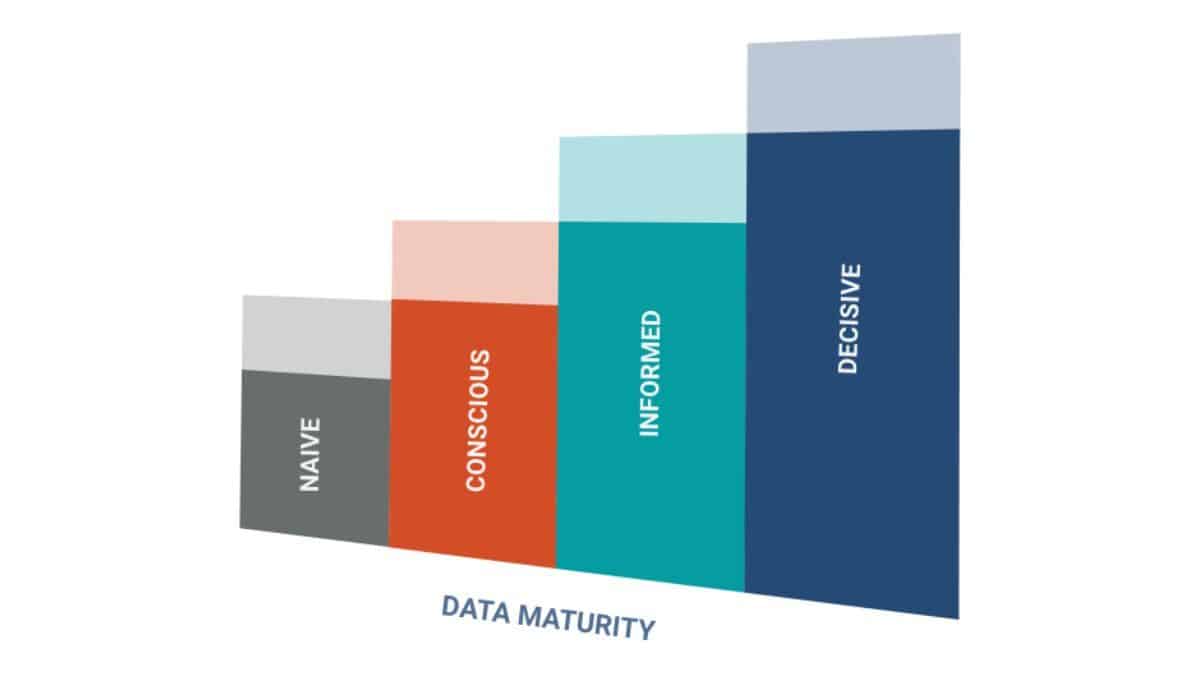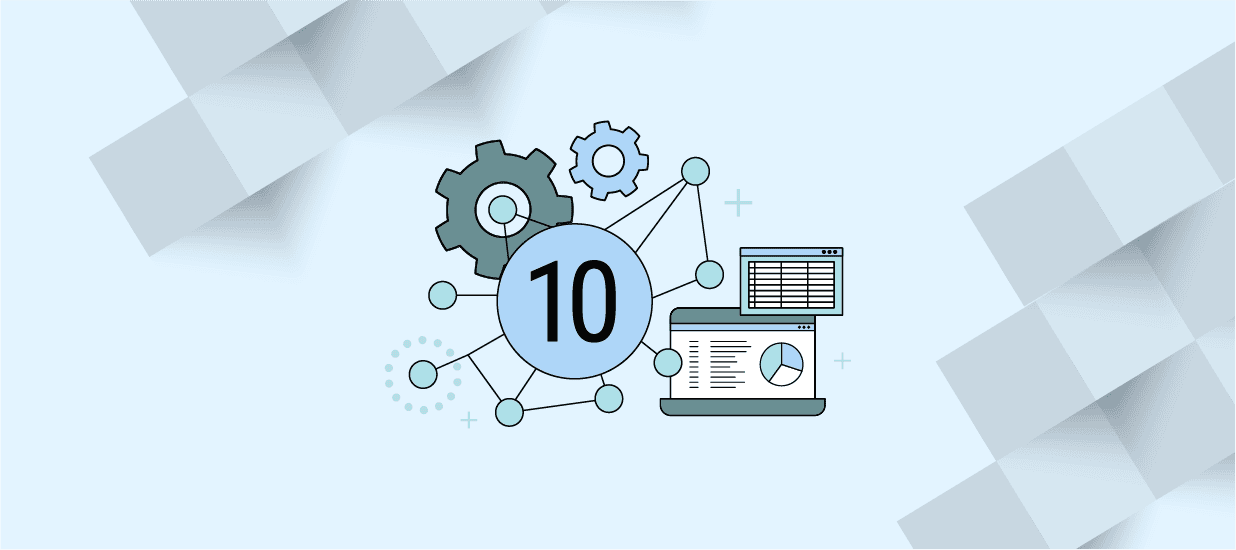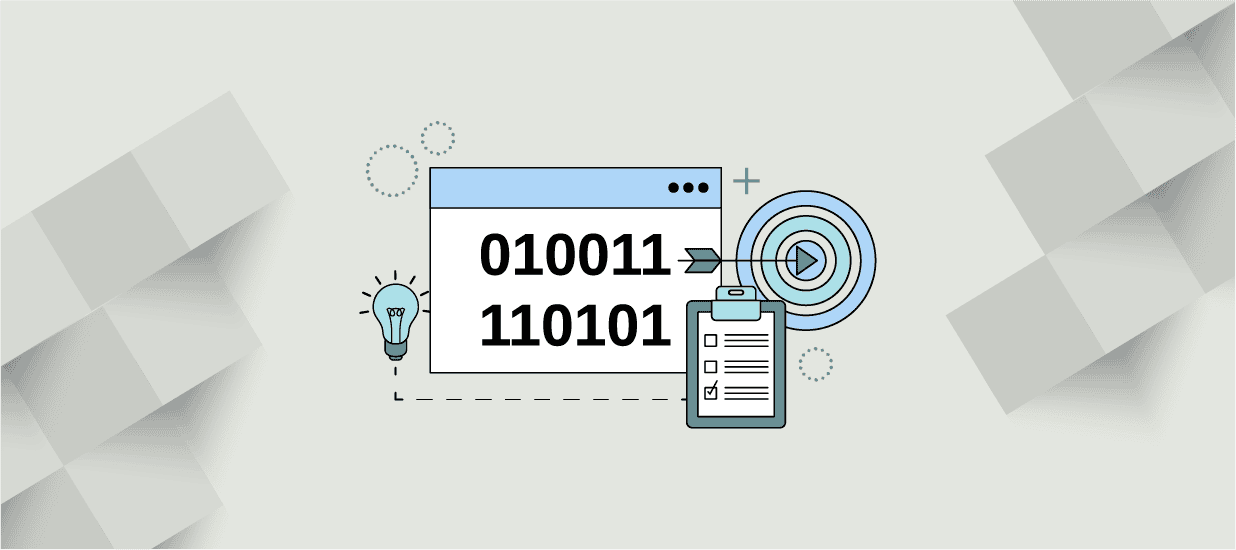Explore 4 data maturity stages and learn a unique way to assess your organization’s data maturity with Pragmatic Institute’s assessment.
What does it mean to be truly data-driven?
The answer is more complex than you might expect. It’s a combination of understanding the importance of data, developing processes and systems to use it, and buying in at all levels of an organization. Data maturity represents an organization’s progress in using and applying data. However, reaching data maturity can be a long journey.
We’ll define data maturity, explore the stages of the data maturity journey, and explain how you can evaluate your company effectively.
What is data maturity?
Data maturity measures the degree to which an organization has the required elements to be data-driven. It reflects how advanced the company’s collection, analysis, and use of data is. Companies with high data maturity have robust systems for collecting, storing, and analyzing data. At data-mature companies, data informs every decision. Companies like Netflix, Spotify, Airbnb, and Amazon use data to understand customers and build products and services that meet their needs.
The data maturity journey
The journey to data maturity is complex. Research from the Harvard Business Review found that only 1 in 4 companies have reached the final stage of data maturity. Additionally, 91% of businesses have not reached a “transformational” level, where they use data to predict and create a desired future. In reality, data maturity exists on a continuum. There are stages of little to no data maturity, up to full data maturity.
Data maturity stages
At Pragmatic Institute, we created a 4-stage Data Maturity Framework to outline the stages of data maturity. At each stage in the journey, some practices contribute to why the business is at a specific level of data maturity. And you might ask, what is the cost of being data naïve? There is a notable gap between organizations with or without mature data practices.
On average, data-decisive organizations release twice as many products and increase employee productivity at twice the rate of organizations with less data maturity. Continue reading to learn the data maturity categories at each journey stage.
Stage 1: Data Naïve
At the first stage of their data maturity journey, companies rely on existing processes and outputs and don’t challenge the status quo. The data is siloed and needs to be more consistent across the organization. Most staff are unaware of what data, if any, exists or how to use it. The employees who use data have inconsistent collection, storage, and analysis methods. This inconsistency makes it challenging to apply learning across different projects or teams. The level of data literacy among employees is low, with no plans to educate or empower teams to improve their skills.
Leaders and data teams, if data teams exist, rarely interact. Additionally, leaders do not model data use or communicate its value within the organization. These leaders make decisions based on their rank, experience, or gut instinct.
Stage 2: Data Conscious
The organization is aware of the potential value to the business. Data use is in the hands of a few skilled data champions or early adopters. However, most personnel do not use data at all. Employees who want to use data for decision-making may lack access or may not know what data is available. When team members create reports, they are often relevant for small teams. Business leaders may not be aware of or understand the reports produced. Additionally, leaders are aware of the value of data to the business.
Companies at the data-conscious stage of data maturity understand the value of data but rarely use it to make strategic decisions.
Stage 3: Data Informed
The data-informed stage is where momentum starts to build. At this stage, teams and leaders invest in tools, processes, and personnel that can help them understand and use data. Organizations at this stage are aware of the importance of a central data source, data dictionaries, data access, and data clarity. They are working toward making these a reality. The organization understands the importance of data literacy. They are creating opportunities for employees to upgrade their skills. The data and business teams sometimes struggle to be on the same page. However, they are making strides toward alignment.
Business leaders are talking more about data. They are starting to model data behaviors. They are also empowering employees to use and act on data. Teams set KPIs and metrics for success and then track those metrics to evaluate the projects. The organization is on its way to data maturity in this third stage.
Stage 4: Data Decisive
The organization is genuinely data-driven at the final stage of the data maturity journey. Data is accessible, trustworthy, transparent, and appropriately protected. Employees use data as a decision-making tool in their everyday work. They are empowered to use data, question it, and share it as appropriate. At the same time, the organization can learn from occasional errors to improve future strategies.
They are also empowered to enhance their data skills. Leaders and data teams align on data projects. Employees understand their roles. Leaders also show behaviors that show their commitment to data-driven decisions.
How to determine your company’s data maturity level
Understanding where your company is on its data maturity journey is essential to leveling up your data. You might think you’re making data-driven decisions and realize you have a way to go. Or, you might be further along in your journey than you think!
To find your data maturity stage, consider these questions:
- How does your organization collect, store, and analyze data?
- How are data and findings shared in your team? Are they shared with other teams?
- How do you measure the success of projects? Is there a process to set goals and evaluate performance against those goals?
- Are data and analytics tools accessible to your team? Is your team skilled in data analysis and capable of reaching data-driven conclusions?
- Does leadership make data-driven decisions? What factors influence their decision-making?
Pragmatic Institute’s Data Maturity Assessment
Are you curious about where your organization falls in the data maturity continuum? Our Data Maturity Assessment is a powerful tool for organizations that want to measure and grow their level of data maturity.
Take our assessment to discover how data-mature your organization is and start building a data-driven culture.
Data maturity is essential for any business that wants to use data effectively. However, getting there takes time. Identifying whether you are data naïve, conscious, informed, or decisive can help you understand how your company can improve. Asking critical questions about how you use data can help you understand your place in the data maturity journey. Self-service tools like the Data Maturity Assessment can help you along the way.
Author
-

The Pragmatic Editorial Team comprises a diverse team of writers, researchers, and subject matter experts. We are trained to share Pragmatic Institute’s insights and useful information to guide product, data, and design professionals on their career development journeys. Pragmatic Institute is the global leader in Product, Data, and Design training and certification programs for working professionals. Since 1993, we’ve issued over 250,000 product management and product marketing certifications to professionals at companies around the globe. For questions or inquiries, please contact [email protected].
View all posts








